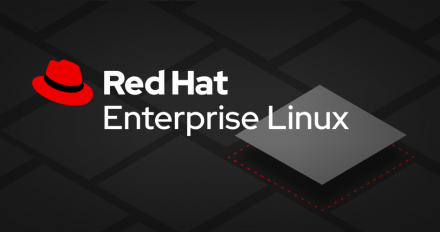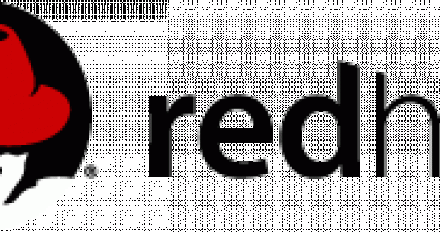
Clang/LLVM 6.0, Go 1.10, and Rust 1.29 now in beta for Red Hat Enterprise Linux
Twice a year, Red Hat distributes new versions of compilers,run times, open source databases, and/ web tools providing developers with access to the latest, stable versions on Red Hat Enterprise Linux 7.






